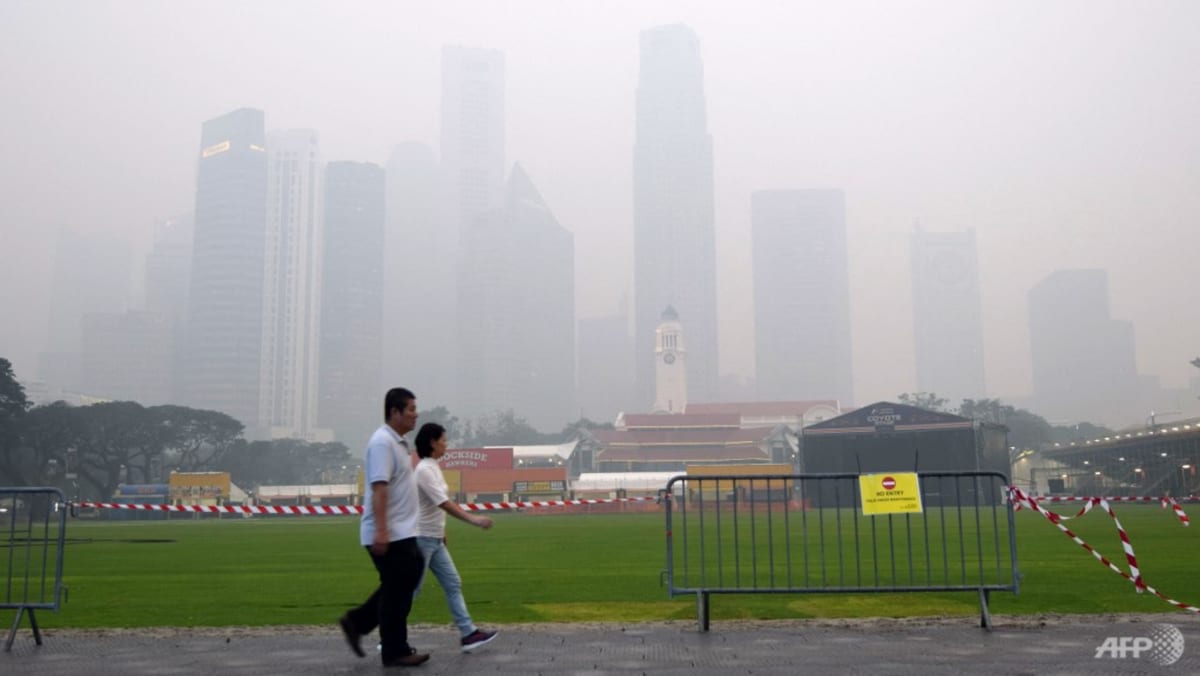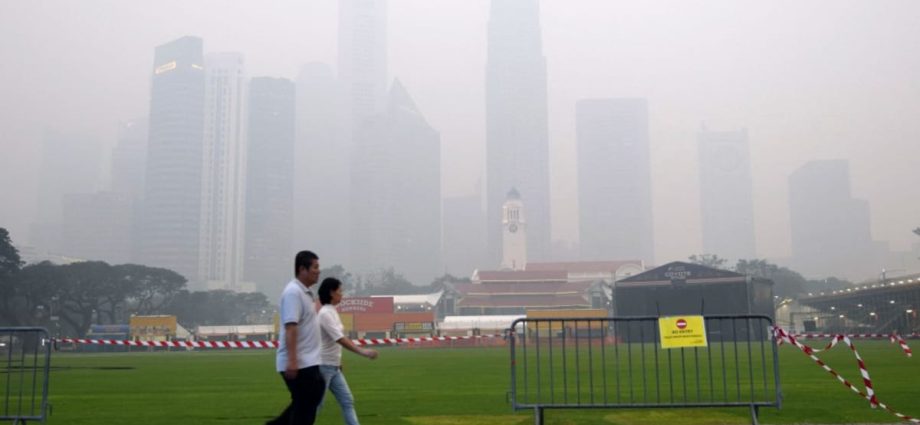
ADAPTING TO HAZE
Given these limited options, there is little that Singapore can do to prevent transboundary haze. But what it can focus on is adaptation.
In recent months, Singapore has geared up preparation efforts for the haze, such as stockpiling N95 masks, installing air filtration systems and providing haze shelters. These efforts are deemed more significant than in previous years because we have learnt from past episodes that a prepared Singapore will mitigate damages that were estimated, particularly on public health.
Our experience with the pandemic has also prepared us to take more action. Like COVID-19, transboundary haze may entail the restriction of outdoor activities and mobilisation of community centres in rendering assistance to vulnerable individuals. The public is accustomed to shifting daily lifestyles in the face of public health emergencies.
But more can be done to protect people from the dangers of haze pollution. It was observed in the past that when the Pollutant Standards Index (PSI) readings were at unhealthy levels, some people were still out on the streets without any face masks.
This calls for better ways to educate and nudge people to put on the N95 mask. Wearing a N95 mask rather than a surgical one is crucial because haze contains PM2.5, tiny particles that cause significant health and respiratory issues in the short and long run.
Installing air purifiers in nursing homes and schools is also an important adaptation measure for those vulnerable to air pollution.
This is also the case with haze shelters. The Ministry of Sustainability and the Environment is considering opening air-conditioned rooms at residents’ committee centres and community centres in the event of haze, to serve people who might not be able to afford air purifiers or air-conditioning in their homes.

